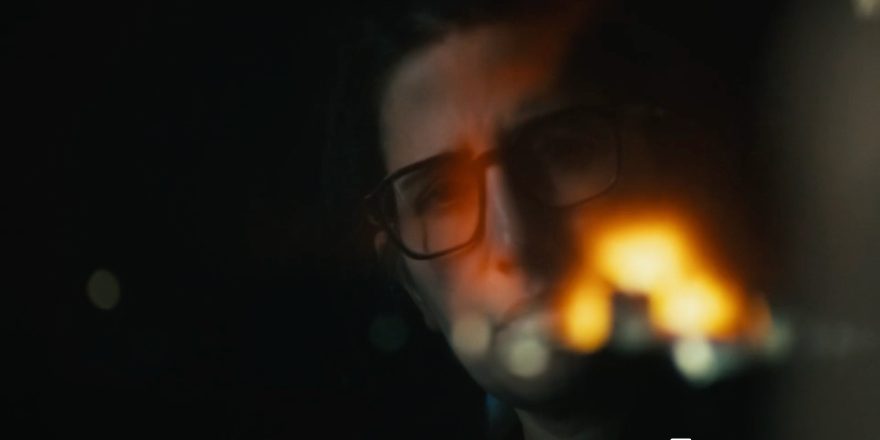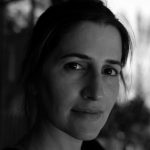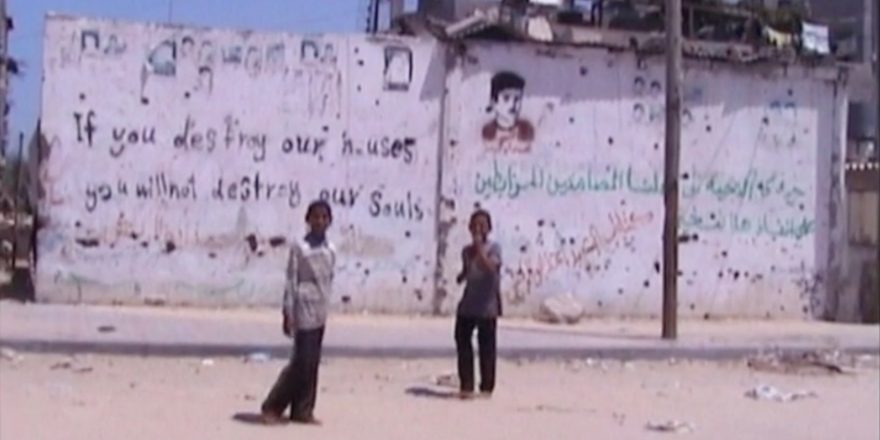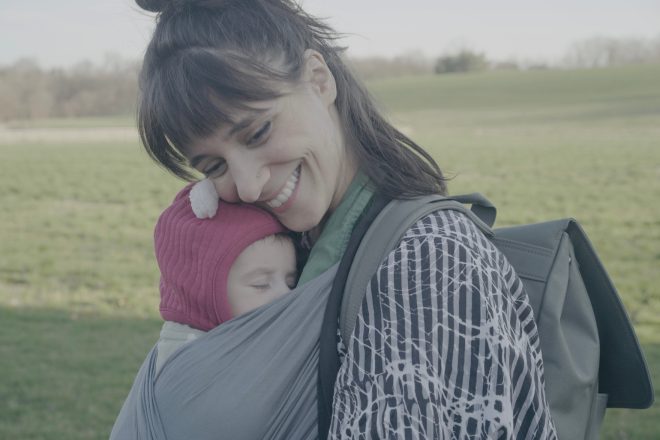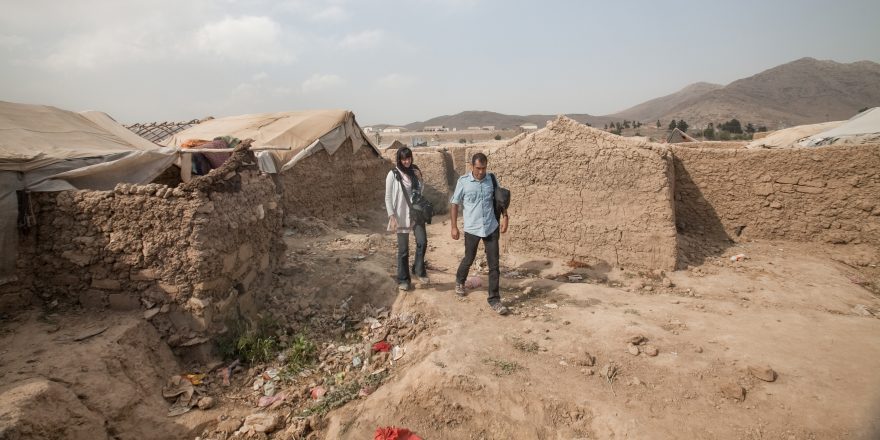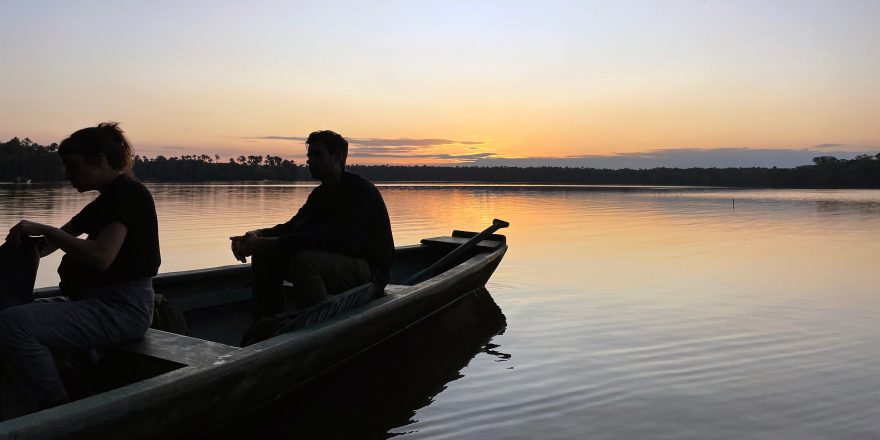I have always reminded myself that Gaza is unpredictable, and that what I hold dear in my heart and memory is but a fragment of an inaccessible past. Yet in that moment, something shifted. I realized I should try to capture what seemed forever out of reach, to hold onto the fading image of my four-year-old self.
July 1984. All I know is that there’s a different kind of warmth here, a different scent – briny, with a trace of fish, as if it’s rising from the deep belly of the sea and spilling into the air, bringing with it a sense of freshness. My uncle would embrace me, yet still allow me to enjoy the subtle rise and fall of the waves that night. With each wave, I would ascend and catch a glimpse of my mother’s smile – her true smile. That was the one and only time I experienced such a moment. That was in Gaza.
Although I haven’t lived there since, I was born in Palestine, in the ancient city of Nablus. There is no sea there. But still, the warmth is intense and the freshness of the air is infused with layers of deep history and humanity. As an adult, I find myself constantly searching for the moments I lived there as a child: the sound of people’s chatter and laughter, while melodies of Umm Kulthum stretch and echo from the balcony, drifting across the narrow streets below. The little fingers gathering on a jasmine bush to bead necklaces from its blossoms. My mother’s deep smile as she pulls me toward her, placing the jasmine necklace around her neck.
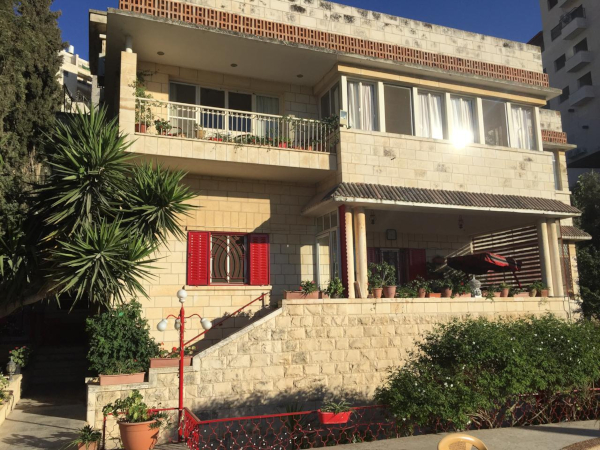
We went there every summer. It was a pattern I never imagined would be broken. I never realized how distant those visits would become. I was living the unpredictable nature of where I come from, without understanding what it would mean in the long run. People I was once so eager to visit either fled, grew old or passed away.
I still have access to my hometown in Nablus, but no longer the reasons to visit. That moment by the sea of Gaza has since become an inaccessible memory; buried in a well of memories I collected from the annual visits to my hometown in Nablus. I carried those memories as my life moved on, taking me halfway across the globe.
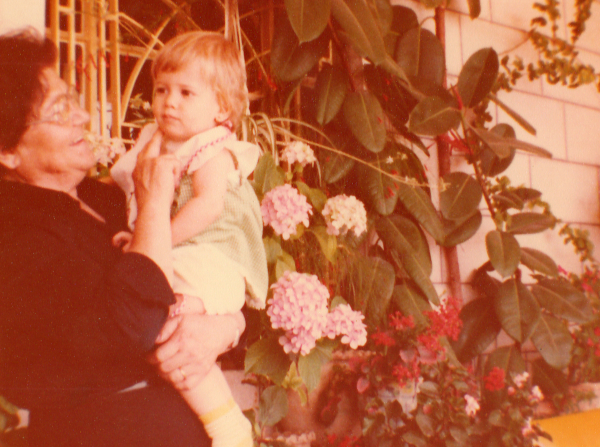
July 2014. The day my daughter turned one month old, her tiny hand was completely clenched around my forefinger, a silent expression of the insecurity she felt in the foreign world she had just entered. Her curious eyes were fixed on me, while mine were fixed on the screen in front of me. Gaza was under fire from yet another fierce bombing. There was life in my hands, but death was unfolding before my eyes.
In that moment, the journey of Yalla Parkour began. Hope surfaced in the form of athletes jumping in defiance of bombings. One of them, smiling directly at me, reminded me of my mother. His smile – so reminiscent of hers, on the shores of Gaza – flooded me with memories. My daughter’s little hand still held on to my forefinger, and with my free hand, I gently traced her curious face, silently assuring her that the world I had brought her into would, one day, become better.
That scene pulled me out of the shelter I had built for my family in this suburban city near the nation’s capital and drew me into a mission to find the young man who carried my mother’s smile. But instead, I found Ahmed. Almost as if to taunt me, he sent me videos of himself enjoying the very sea I was deprived of. I saw him diving into the depths of the Mediterranean, or chest-bumping a friend by the sunset, while the waves carried them in the background – the same waves that had carried me when I was four. I could almost smell that familiar scent, the one that rises from the depths of the sea, the same smell from my childhood – but now, it came to me through a screen. Gaza, and its sea … I often wondered: How can life form where there is no water?
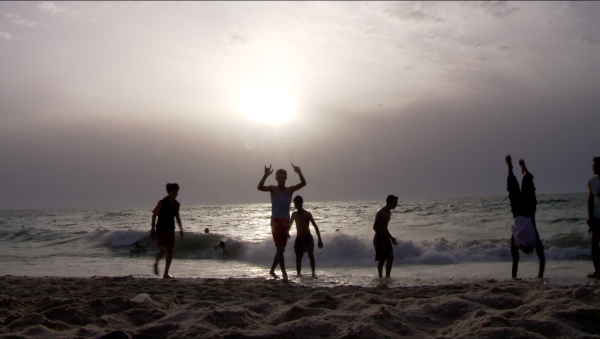
Ahmed baited me, and I took the hook. I committed myself to following him. I got to know his team, his family, and the life he led within the confines of Gaza. Every detail of Ahmed’s life was a struggle. He had faced repeated setbacks, with numerous attempts to participate in international competitions falling through. His practice space? The rubble. My logic was shattered. Life, the way I understand it, could be easily stripped away – even in a place where there is water.
But Ahmed had learned how to create freedom from limitations. Borders became his playground. He knew how to challenge them. I continued to follow his leaps, with the help of the cinematographer, Ibrahim Al Otla from Gaza. And then I witnessed the farthest leap of all, when he landed in Stockholm. I fired up my camera and crossed the ocean.
With the help of a driven producer, Basel Mawlawi, I ended up crossing that ocean multiple times over the next three years. With the involvement of documentary editor Phil Jandaly – who we often referred to as “the doctor” – the Nordic city of Malmö transformed into Gaza at times, and into Nablus at others. The editing suite became a chamber where we’d perform our surgeries. I connected to myself – to what mattered most: to the balcony of my grandmother’s house, to the smell of jasmine, the scent of an ancient city, and the aroma of the sea. I revisited moments that unraveled my unresolved sense of belonging, and many others that defied it.
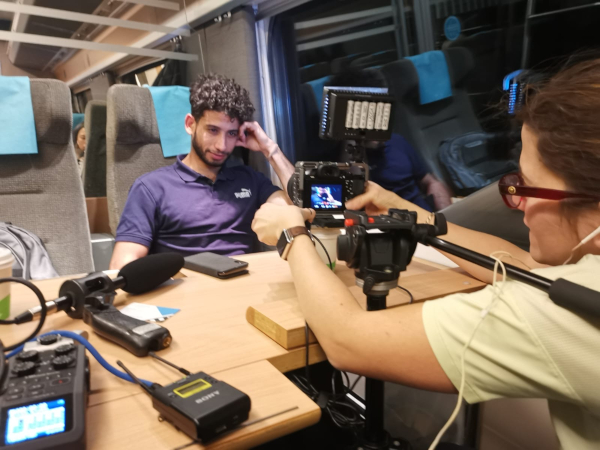
July 2024. I’m sitting in the sound-mix room in Malmö, listening to the voice of my now 10-year-old daughter humming over images of a destroyed Gaza, as portrayed in Yalla Parkour. My daughter has grown beautifully. She proudly adds the word “Palestinian” to her “American” label whenever asked about her identity. I am proud of how proud she is. Yet that half of her identity is becoming increasingly abstract. With each passing year, and with every month of this particular year, the place we refer to as Palestine is being challenged. The very existence of the word itself is being questioned.
I think of my daughter, and of the moment when Yalla Parkour was born. Things were grim back then, but now, they are beyond grim. Will my daughter have any reason to preserve that first part of her identity, even in theory? I was unable to grant her a Palestinian ID card – the same one that her father, her brother and I hold. She is the age of this film, and the troubles we’ve witnessed in Gaza mirror what is happening in the West Bank. But I can’t. I can’t expose her to that danger. I fear for her and her brother’s safety. Recently, one of the parkour athletes featured in the film was killed. Before him, one of the sound crew, and before both of them, two members of the camera crew. Not to mention the destruction that has touched every single person involved.
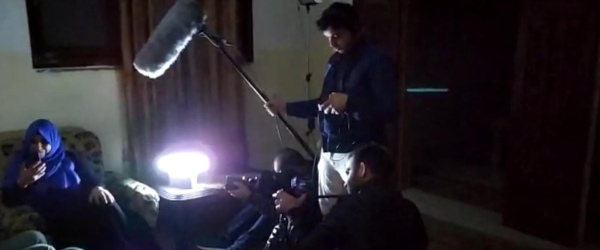
She may never have the chance to obtain her Palestinian ID. Will she blame me for that? Will I be able to explain? For me, the place, the people and the memories are vivid and tangible. I lived them. But for her, the word “Palestinian” is abstract. The place she sees in my film is no longer there. Perhaps the only connection she has left is her own humming over the ruins of 2016 Gaza.
The Gaza that first captured my attention in 2014 is very different from the Gaza of today. The Gaza of 2014 was called an “open-air prison.” The Gaza of 2024 is often described as a concentration camp. Now, as I prepare to release the film, a question lingers in my mind: How will this city – the last seashore left for Palestinians – look in 2034? The term “Historic Gaza” haunts me, just as the term “Historic Palestine” haunts me when I reflect on my own identity.
July 2034. From the vantage point of today, I look ahead and try to make sense of it all – try to make sense of Gaza. How do I decipher the era that has yet to come when I can barely make sense of the era we live in – receiving news every now and then of people we filmed and crew who did the filming becoming displaced, homeless, or simply killed? From where I stand now, the world feels like it is constantly shifting beneath me.
I can’t help but think of Ahmed’s promise. He made it when he had just returned from Gaza, before it was turned into rubble after the events of October 2023. He told me he would return every year. It was a simple promise, born from the hope that things would be different, now that he is a Swedish citizen. In 2034, that promise seems more like a mirage. It’s a distant memory that fades with each passing year, becoming less and less tangible.
If Ahmed ever gets the chance to go back now, what will he find? Will it be the Gaza where he lived, or will it be an entirely new world, one of artificial reality? A future where the damage to the land and the people is compensated for through the illusion of virtual spaces, rendered to appear whole again? By now, we most likely have lost our sense of humanity, let alone reality. We will find our way to make up for anything – even if in the most insensible manner.
I can almost imagine it: an AI city, designed to replace what was lost, to provide a semblance of the past that no longer exists. But what does a rebuilt home mean when the physical world is gone, reduced to nothing but rubble? What happens when the promise of restoration is no longer a promise of bricks and mortar, but of pixels and code?
I think back to the house Ahmed showed us in Khan Younis. That house, too, was destroyed during the 2023-2024 offensive. Only one room remains standing. Ahmed had told me about that room and about his mother’s decision to return to it after fleeing the constant bombardments. She had grown tired of seeking refuge in tents or in other people’s homes. There was no real home left for her, just the remnants of a life once lived. And so she returned to that one room, hanging a piece of cloth as a makeshift shelter, hoping it would offer some small semblance of the house where she spent half of her life. I wonder now if technology will provide her the illusion of her full home again, restored not by hammers and nails but by virtual illusions.
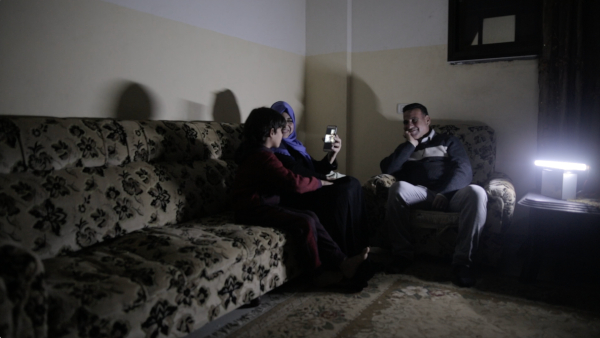
I often smiled when I thought of Ahmed’s mother. When I first met him, Ahmed used to joke that I could easily be his mother – there’s only a two-year difference between me and her. As I run that thought in my head, I realize that my kids are now the age Ahmed was when we first met. It’s heavy to smile these days. But as I look at my kids, I do. I see them hungry for life; ahead of it. My daughter’s hand no longer latches onto my finger. Instead, she opens her arms wide, ready to embrace life. And life, in return, does embrace her. She is still untouched by the harshness of the world. Her mind is filled with dreams, and I wonder if one of them is to visit the place she comes from – a land that never tires of fighting the challenges to its very existence.
All images courtesy Areeb Zuaiter.


